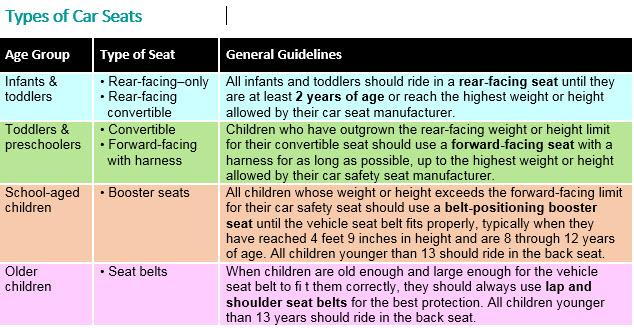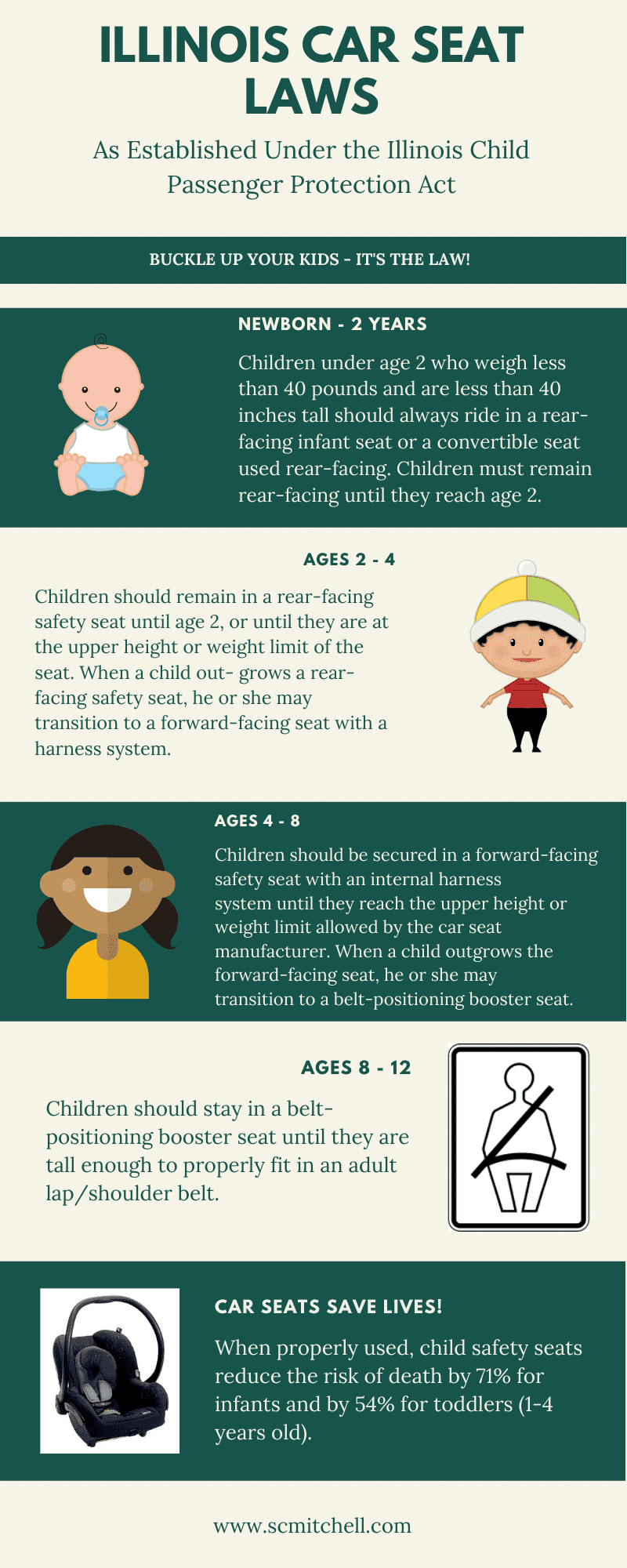This is extremely dangerous and may cause spinal cord injuries. What are the height and weight requirements for booster seats in illinois.

Booster Seat Laws Il Weight Requirements Illinois Limit
Illinois height and weight requirements for booster seats. Children who are younger than two but at least 40 pounds or at least 40 inches tall may use a forward facing seat. Children are to stay in a booster seat until theyre tall enough to properly fit in an adult lapshoulder belt. Cars without shoulder straps. Children who outgrow the rear facing seat option should then switch to a forward facing seat. The law does not designate a minimum age or size to graduate from a car seat to a booster seat but it notes that most car seats are rated only to a maximum weight of 40 pounds. Children who weigh less than 80 pounds and are less than 49 tall should use a booster seat.
Children must remain rear facing until age 2. In illinois child weighing more than 40 pounds may be transported in the back seat without a booster seat secured with a lap belt only. Forward facing car seat. In illinois any child younger than two is required to sit in a rear facing seat unless that child weighs more than 40 pounds or is taller than 40 inches. The state points out that seat belts are designed for those who have reached 80 pounds and 4 feet 9 inches in height but does not have a provision for graduating from a booster seat based on size. Children who are 8 to 12 years old and weigh less than 80 pounds.
Illinois law specifies that children under age 8 must use a child restraint system. Once they reach these height and weight requirements theyll be able to ride in an adult seat. 1 2019 illinois law will require children under age 2 to be properly secured in a rear facing child restraint system unless they weigh more than 40 pounds or are more than 40 inches tall. Illinois law generally requires children who are younger than two years old to be properly secured in a rear facing harness system.














/move-toddler-to-booster-seat-293728-6701eb68c7e74fdb8ffb6e7ebbc5f21e.png)


